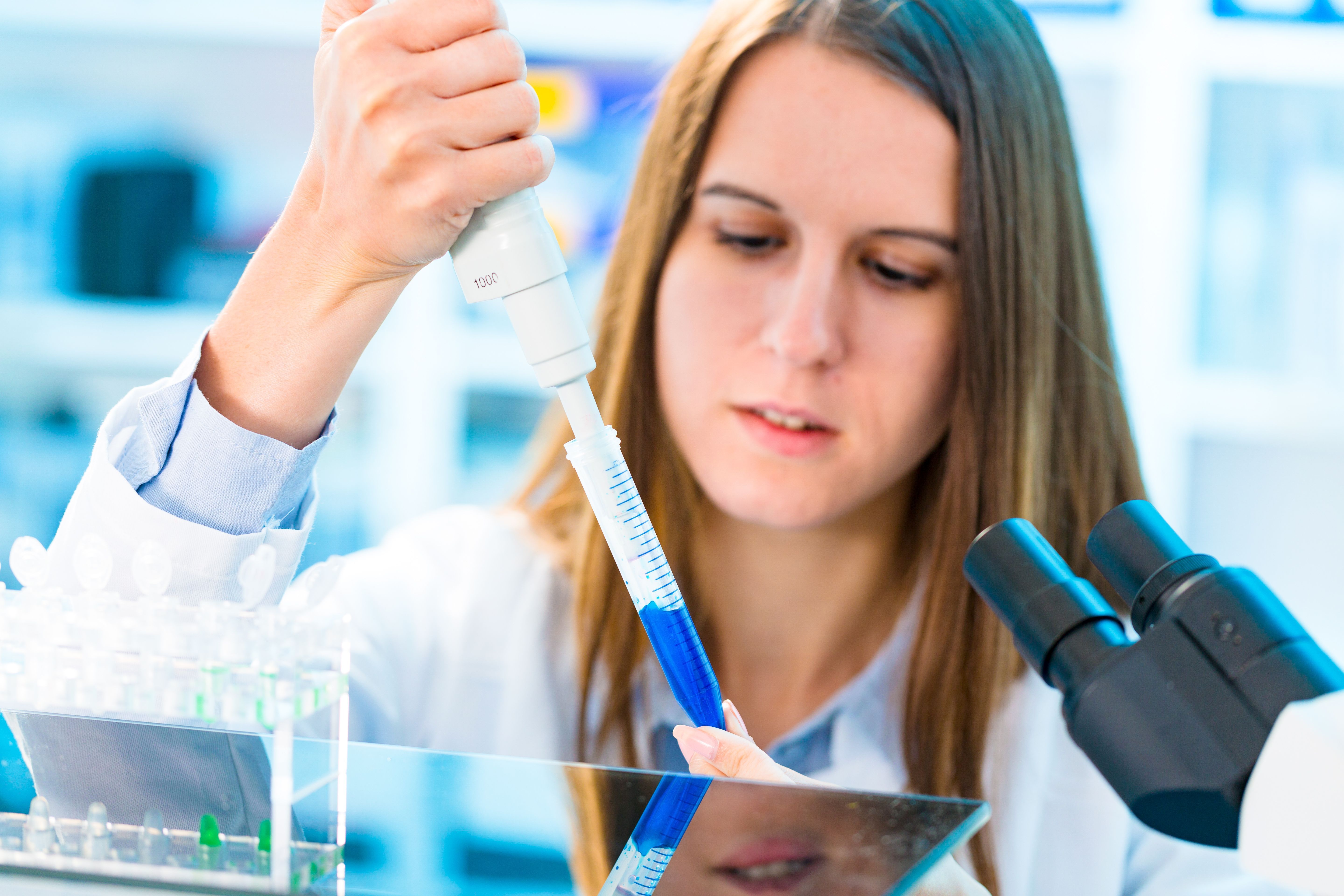Article
Stem Cell Transplantation for Parkinson Disease
Author(s):
Stem cell transplantation for treatment of Parkinson disease is complex and requires both surgery and acquisition of stem cells. What does the future hold?
©SciencePhoto/Shutterstock

CONFERENCE REPORTER
Stem cell transplantation for treatment of Parkinson disease is complex and requires both surgery and acquisition of stem cells. Research using stem cells in the context of Parkinson disease began in rats almost 40 years ago, with results promising enough to prompt the earliest human studies about 30 years ago.
There are a few different sources used for acquiring dopaminergic cells for human stem cell transplant in Parkinson disease. Fetal dopaminergic neurons and autologous dopamine secreting cells have been used, and studies using bone marrow-derived mesenchymal stem cells and bone marrow-derived embryonic stem cells have been described, with recent research favoring the use of dopaminergic neurons derived from pluripotent stem cells or reprogrammed adult somatic cells.
Currently, there are data from small human trials, a few of which provide detailed findings acquired over 10-years posttransplant. Currently, there are several ongoing human trials, including work that is being done by TRANSEURO, a European research consortium.1
Clinical and pathological results
Long-term outcomes have been followed and comprehensively reported for several patients who received fetal transplants for Parkinson disease. A study published in JAMA Neurology2 describes two patients who received intrastriatal grafts of human fetal ventral mesencephalic tissue rich in dopaminergic neuroblasts. The patients were part of a study in Lund, Sweden, which was one of the first open-label trials of fetal dopaminergic cell transplantation in Parkinson disease.
The two patients were assessed 18 and 15 years posttransplantation. The patient who was assessed 18 years postgrafting demonstrated sustained motor benefits, reported no fluctuations, remained free of any pharmacological dopamine replacement therapy, and is independent in all activities of daily living. His graft-induced dyskinesias improved with amantadine hydrochloride and buspirone hydrochloride, and remained present at his 18-year postgraft assessment, but were less severe than his levodopa-induced dyskinesias prior to transplant.
The patient who was assessed 15 years posttransplantation demonstrated preserved motor benefits, remained free of dopaminergic medication, and remained independent in all activities of daily living. He also experienced graft-induced dyskinesias, which minimally improved with amantadine.
A commentary in JAMA states that “this represents the longest clinical follow-up data available on mesencephalic transplanted cells in the PD population.”3 The authors also note that the results observed in these two patients is “anomalous of the existing body of data on the topic of cell transplantation.”
Another report describes the pathology results of a patient who received unilateral transplantation of embryonic dopamine grafts derived from four donors.4 The grafts were placed into his right putamen when he was 59 years old, and he survived for 24 years after surgery before his death. He experienced a latency of about 12 months after surgery before he had clinical improvement.
A few years later, he was able to discontinue levodopa for a several years and restarted it again about five years after surgery. His improvement lasted for approximately 10 years before he began to develop motor symptoms and symptoms of dementia. On his postmortem examination, there was a reported survival of approximately 42,000 grafted dopaminergic neurons and extensive putamenal dopaminergic innervation.
Additional research is needed. A recent review that looked at whether stem cells are beneficial in Parkinson disease identified two systematic reviews, including a total of 21 studies. The authors of the review stated “the certainty of the available evidence is very low, making it unclear whether stem cells have any effect on Parkinson disease.”5
Future outlook
Several lectures on stem cell research for Parkinson disease are being presented at the International Parkinson and Movement Disorder Society Conference in Hong Kong. Jeffrey Kordower from the US discusses the options in human stem cell treatment; Dimitri Krainc from the US offers modeling the pathogenesis of Parkinson disease, and Anne Rosser from the UK addresses the practicality and application of stem cell treatment for Parkinson disease.
References:
1. transEUro. Innovative Approach for the Treatment of Parkinson Disease. http://www.transeuro.org.uk. Accessed October 1, 2018.
2. Kefalopoulou Z, Politis M, Piccini P. Long-term clinical outcome of fetal cell transplantation for Parkinson disease: two case reports. JAMA Neurol. 2014;71:83-87.
3. Bega D, Krainc D. Long-term clinical outcomes after fetal cell transplantation in Parkinson disease: implications for the future of cell therapy. JAMA. 2014;311:617-618.
4. Kordower JH, Olanow CW. Fetal grafts for Parkinson disease: decades in the making. Proc Natl Acad Sci USA. 2016;113:6332-6334.
5. Rocco M, Juri C. Is treatment with stem cells effective in Parkinson disease? Medwave. 2018;18:e7242.





